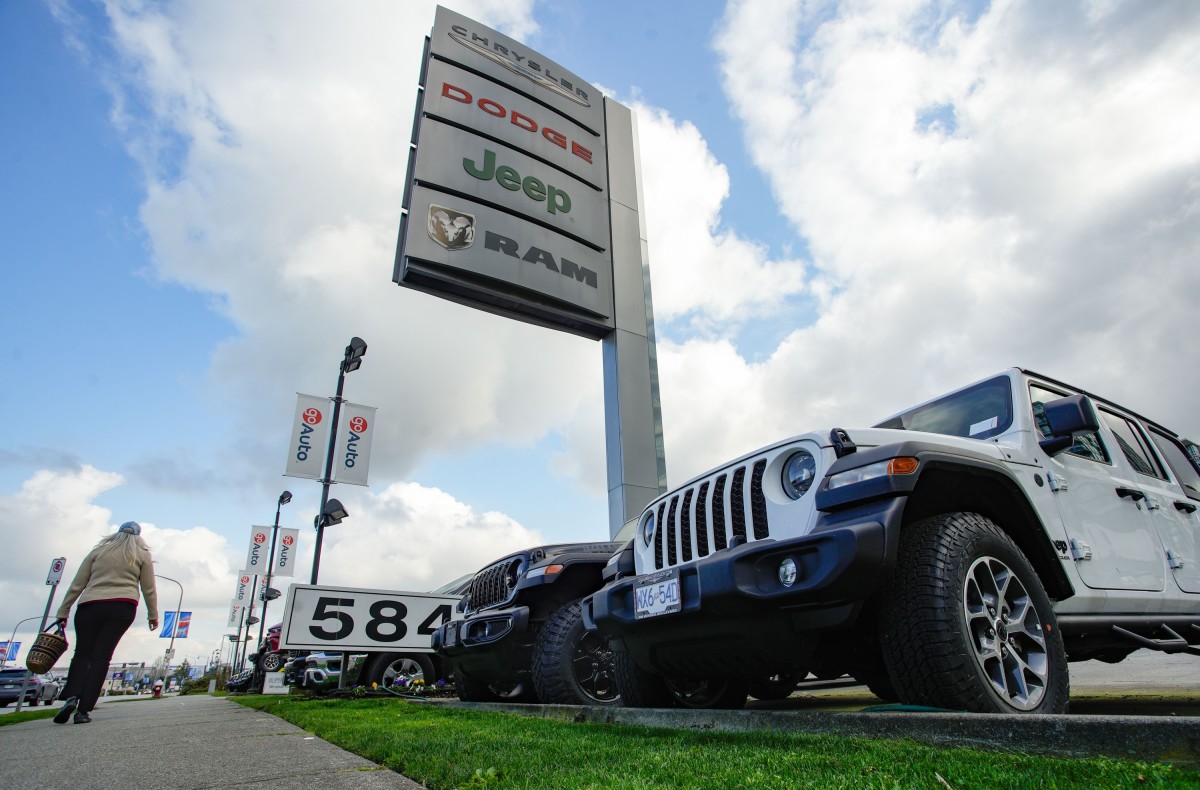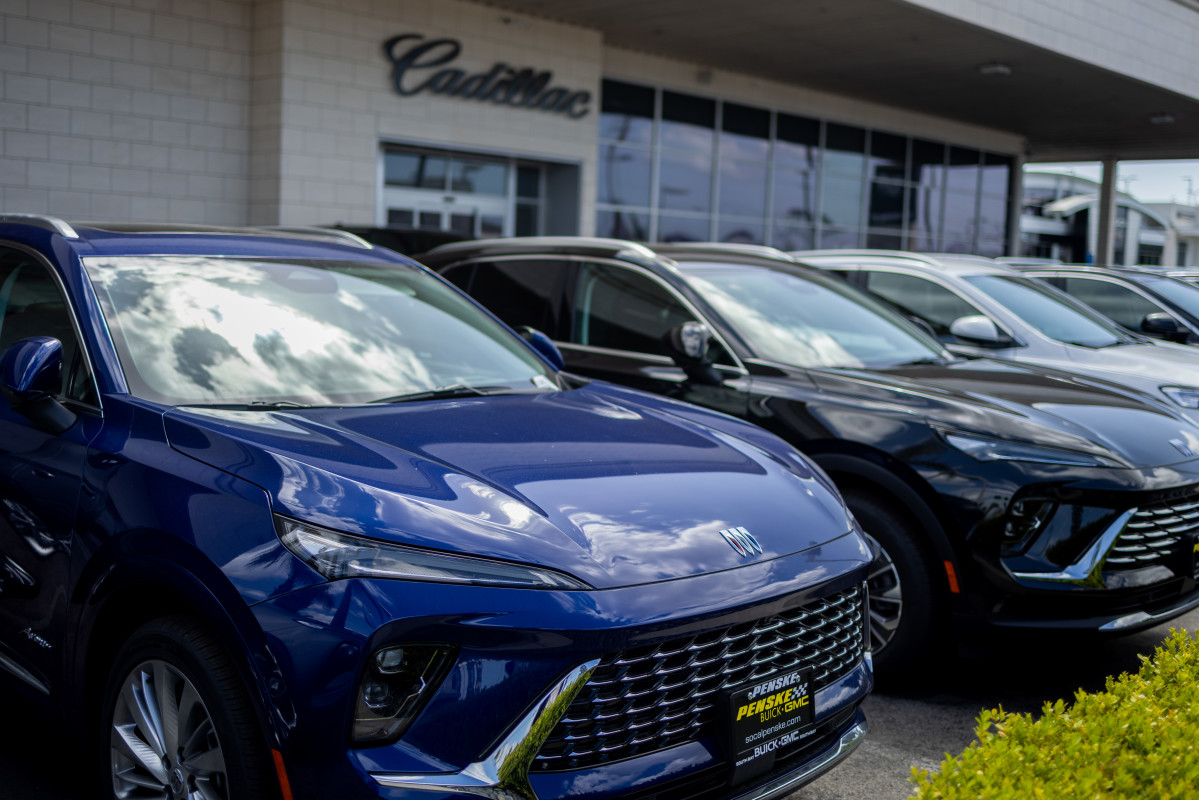New Car Costs

Been to a dealership recently? Chances are, you’ve noticed that new cars are hitting the market with some hefty price tags. According to the latest data, the average price of a new vehicle in the U.S. reached $48,039 as of February 2025. That’s a slight bump from last year’s February figures but a minor drop from just the month prior. In a country heavily reliant on cars, it’s not uncommon to see folks snapping up these new rides even before a sale or promotion comes around. But there’s a catch: financing them may be more challenging than ever, leading some buyers to take on high-interest loans to drive away in a fresh set of wheels.
Loan Trends

It’s becoming more and more common to hear about loan terms stretching out like taffy at an old-timey fair. Edmunds brings to light that many buyers are getting into loans that last up to 84 months, which are about seven years long. These longer loans now account for nearly 20% of new car financing, which is quite a leap from 2019’s figure. Meanwhile, more traditional loans between 60 and 75 months are somewhat on the decline, though they still hang around as the more popular choice.
What might catch the eye even more is the steep climb in monthly payments. Nearly 18% of new car buyers are shelling out more than $1,000 monthly for their car loans. Ouch. The average annual percentage rate is nudging upwards too, settling at about 7.1% this year. It’s no secret that the auto financing world is in a state of flux. And while rates aren’t soaring through the roof, they’re not dropping to make anyone’s wallet jump for joy either.
Impact of Tariffs
Edmunds’ Jessica Caldwell points out that car ownership isn’t getting any cheaper, especially with new tariffs potentially straining purchasing power. According to Caldwell, if one in five buyers need a seven-year loan, folks might be pushing their finances to the limit even before tacking on the extra costs that tariffs could bring. The risk is clear: higher costs may nip at the heels of potential buyers, keeping new vehicles just out of reach for many.
Final Thoughts
Diving into the nitty-gritty of these financing trends reveals a darker side to car buying in the U.S. Bloomberg drew attention to overdue auto loans reaching levels not seen in decades. Subprime borrowers, roughly those with credit scores under 640, are seeing an increase in missed payments, with data from the New York Federal Reserve showing a worrying 3% of borrowers in serious delinquency. Repossessions hit levels reminiscent of post-recession days, with a staggering 1.73 million cars repossessed last year alone.
The bottom line? Cars might be running smoother and featuring smarter tech, but affording one nowadays might feel like a road trip without a map or a GPS to guide the way.
Car Loan Trends 2025
Kia EV6 Battery Woes
Cybertruck Recall
Dodge Charger Buzz
Cybertruck Trim Recall